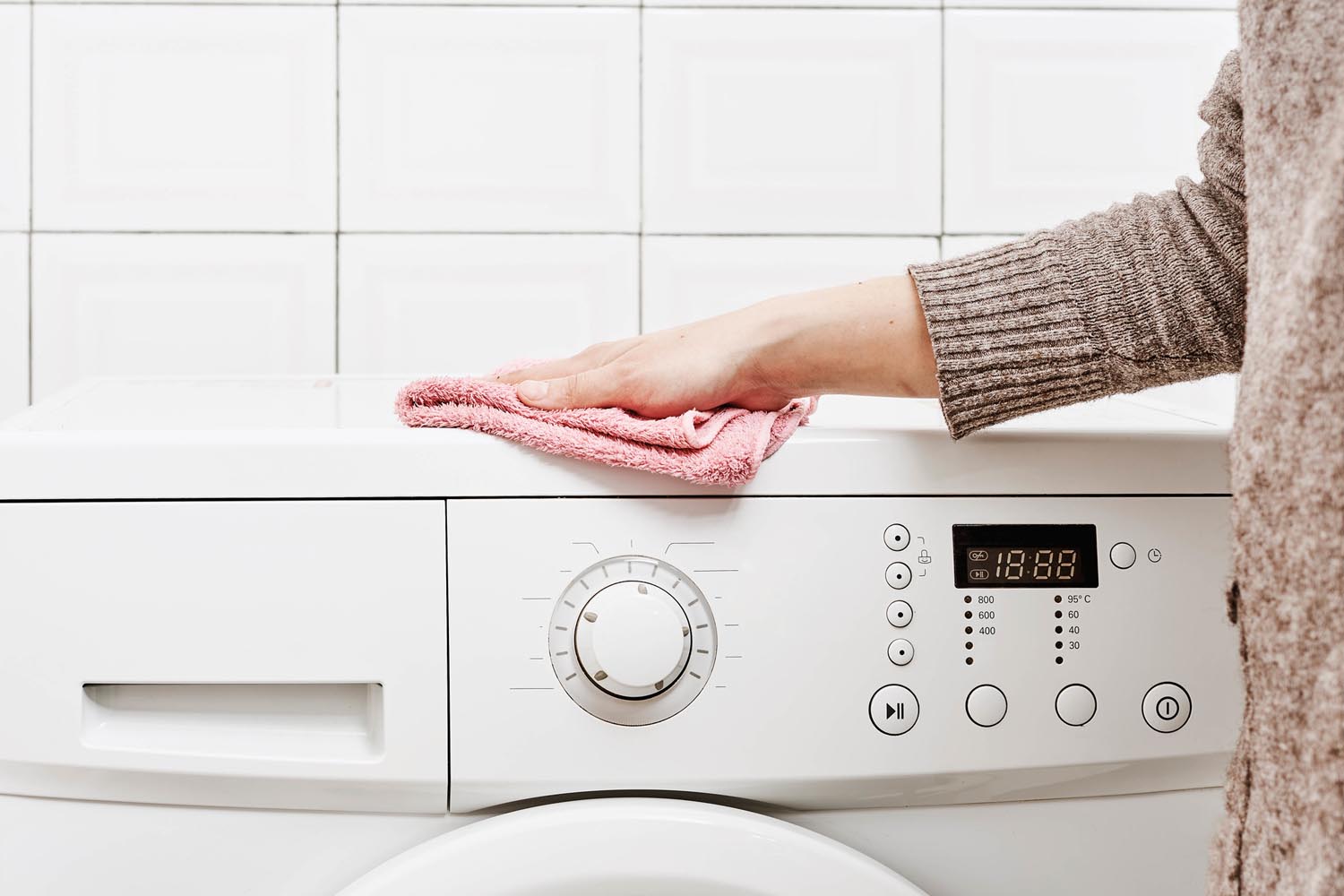It’s a lot of enjoyable to continue making quilts and sewing. However, your machine will perform better if you take a break and clean it up every now and then. Review the manual for your sewing machine to see if it allows you to take off any plates or pieces from your bobbin or top region of your machine.
As you can observe in the video, I can take off the needle plate, then take out the bobbin and rotary hook from my machine. This is extremely helpful in getting into all the nooks and crannies within the bobbin space that can be susceptible to being filled with lint, particularly in quilts with fluffy designs.
I employ a small brush to capture every bit of lint as well as threads that are scattered throughout this space. Add a tiny drop of oil at the end of the brush, and it will trap even more lint and aid in the removal of the tiny pieces which are difficult to eliminate.
If you have a vacuum that has tiny attachments for vacuums, you should definitely try it. I’ve always found it to be somewhat clunky and difficult to use, and I was not convinced that it was as effective as simply brushing the lint away by hand using a tiny brush.
Quick-Guide on Oils and Lubricants for Sewing Machines
What’s the reason? The most frequently asked question is “Why do I need to oil my machine?” and, in most cases, “it works just fine.” Imagine the oil you use in your vehicle. It’s not a good idea to wait for it to become agitated before changing the oil, do you? If you’re waiting for that long, then there are likely to be other components to fix too. Most importantly, you can read brother cs6000i denim to know why this model can need less maintenance and perform well.
Lubricating and oiling are preventative maintenance. These lubricants work to ensure that your machine is operating properly. They reduce friction between the moving components that make up the device. As time passes, certain parts of the machine may break down because of temperature fluctuations, wear and wear and tear. Machine parts might rust. However, using oil can stop or slow down the degradation.
There are three kinds of oils:
Natural – Usually coconut or Jojoba oils
Synthetic
Petroleumchemicals – Mineral oils
You should oil your machine according to the frequency you make use of it. Sewers who need to work each day must oil their machines three times a week. Those who sew just once per month or every occasionally won’t have to oil their machines as often. Be cautious as you could over-oil your machine and cause oil to get on the fabric of the next project.
Do not make use of a Can of Air to clean your sewing machine.
Injecting Air into your device can push the lint in the interior, where it is difficult to clean it out. Lint must get rid of and not blowing it out of the way.
Can of Air also includes oil and chemicals that be combined together with oily lint in the machine to produce a sludge that resembles cement. Yes, it will make your machine inaccessible and prevent it from operating for a long time. Every sewing machine repair technician I’ve talked to throughout time has repeatedly warned not to use Can of Air because they have seen many sewing machines destroyed due to the use of it.
How often do you need to clean the sewing equipment?
What is the cost of sewing or quilt? If you’re a quilter who works on weekends, it’s an excellent idea to start your weekend off with a clean sewing machine. Make a routine of cleaning your machine such as singer 4423 nz prior to deciding to put it away for the week, or start your weekend with a thorough cleaning instead. It will help ensure that you’re sewing on the clean, well-oiled machine, and you’ll probably have no thread breaks or sewing issues in the process.
If you quilt and sew more frequently, the standard is to change bobbins every two bobbins. If you’ve gone through two full-thread bobbins, it’s a significant amount of distance you’ve pushed on your machine, and it’s going to be quite dirty.
But, it could differ dramatically based on the type of threads you’ve got within your machine. When I was sewing 60 times a week, I’d clean my machine numerous times per day since I was using a cheap polyester/cotton blended serger thread which was extremely filthy. Two sewing machines were broken before I realized that I needed to check the bobbin’s area at least once per day due to the lint that increased so rapidly.
If you’re using superior quality, low lint threads such as Isacord Polyester thread or Aurifil Mako Cotton, you’re not likely to encounter this amount of lint accumulation. However, it’s recommended to ensure that your machine is well-maintained and operating effortlessly.
What else should you do while washing your machines?
It is also a good idea to change out my needles when I wash the machine. When I quilt lots, there could be multiple needles being changed out every week!
As a child, I can’t recall ever changing the needle or clearing out the sewing machine that we had in our home. The same bent, the rusty needle was on the sewing machine for a long time which is the amazing stitches the machine was stitching because of it.
Today, I purchased the needles for my sewing machines in bulk and replaced them frequently. You’ll be shocked by how many threads break and strange stitch problems result from bent, dull, or slightly damaged needles. It’s a simple, inexpensive item to replace it to Janome Magnolia 7318 that can be great for your quilting and sewing experience.
Where do you get oil for on your machine?
Every sewing machine is different and requires oiling in various places. The first thing to examine is the manual for your sewing machine that will include a drawing of the places to fill with oil.
If there isn’t a manual for your sewing machine or doesn’t contain any recommendations for oiling, this is my general suggestion. Apply 1 drop of oil in the following areas on my sewing machine:
The rotary hook
This is the device that spins in a side-ways direction on the side of a bobbin that is loaded or beneath the plastic part of top-loading bobbins.
The small bars are able to move behind the hook. If you are able to access the bar that moves horizontally within the base part of your machine, a drop of oil will not harm you.
The needle bar
The bar holds your needle and is moved upwards and downwards inside the machine.
I’ve also received advice from people who have vintage sewing machines that oil “everything that moves,” and I believe that’s a great general rule of thumb.
Use only real sewing machine oil on the sewing machines.
Do not use 3-in-1 oil or WD40 other than the clearly identified Sewing Machine Oil in your machine. Other oils are more likely to dry out and turn to be gummy. Consider chewing gum wrapped around the bar of your singer 3337 sewing machine or placed in the bobbin case on the sewing equipment. It’s what these other oils do.
I would recommend Sew Rite sewing machine oil. I bought a large bottle in 2005 from a machine shop and stored it in the dark cabinet. I put a little in the micro tip bottle and place the smaller bottle close to my machine, making it quick and easy to add oil when it’s required.
With all the small things, it can be a bit overwhelming to wash and clean your sewing machine by yourself. I assure you that it’s doable and you ought to try it. The more frequently you clear this machine, the more comfortable you’ll feel, and the more you’ll know how these machines function.




